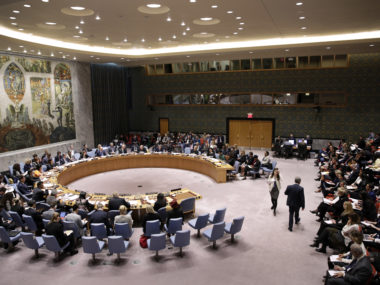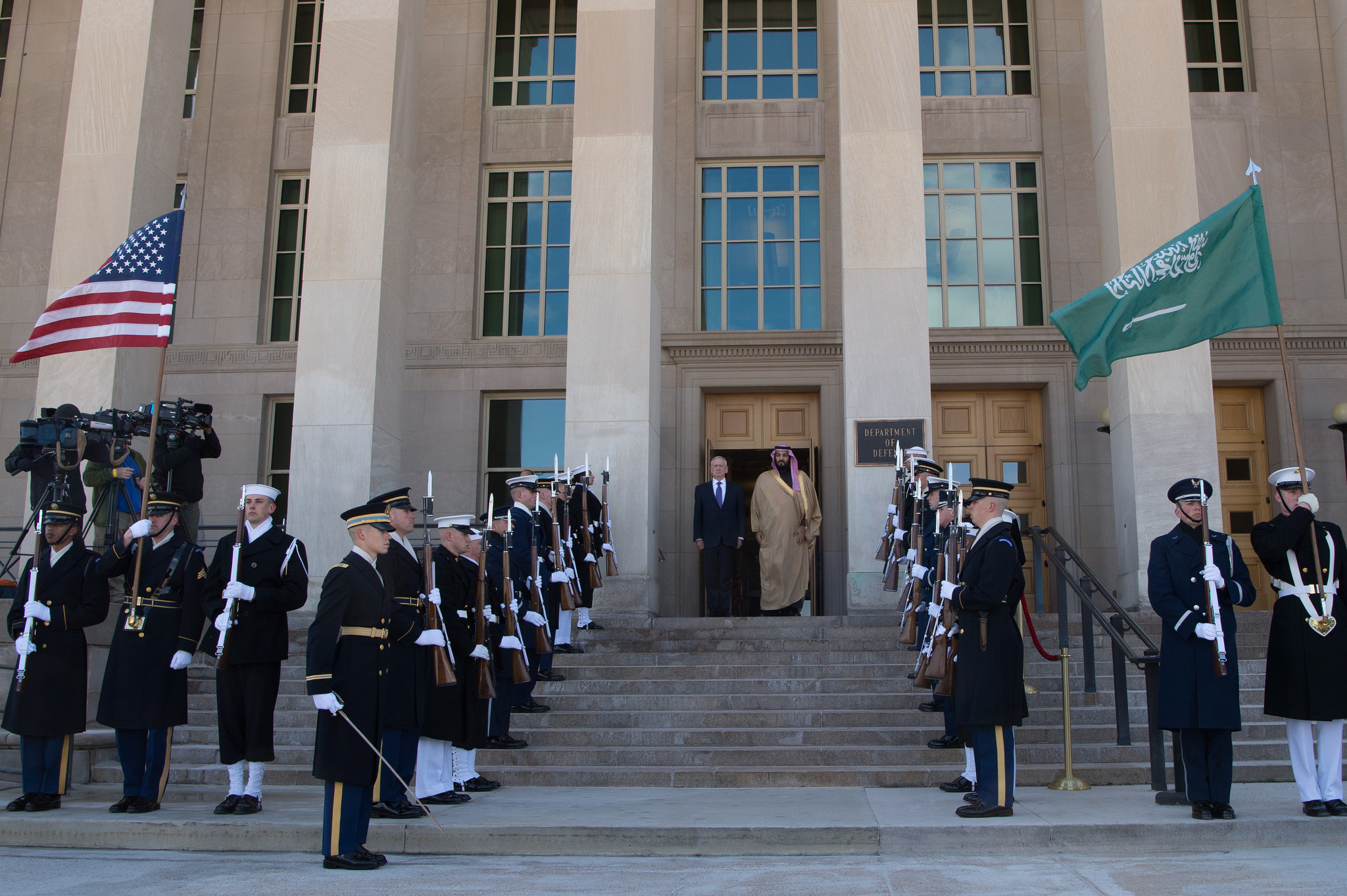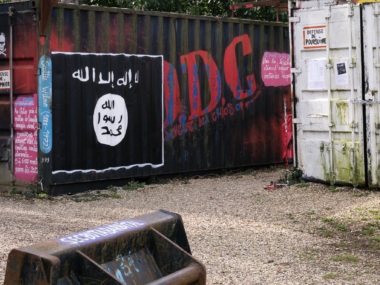Guest post by Brian Blankenship and Erik Lin-Greenberg.
If Poland’s president gets his way, the Pentagon might soon start building Fort Trump on Polish soil. Permanently posting thousands of American troops in Poland, however, isn’t the best way to convince NATO allies that America will defend them from Russian aggression.
American boots on the ground in allied territory have long been the standard signal of Washington’s commitment to its allies. New circumstances, however, demand a new means of reassurance: substituting advanced unmanned weapons and off-shore military capabilities for vulnerable ground forces.
In an era where the White House spurns investing blood and treasure to defend its allies, weapons that counter Russian capabilities but pose little risk to US personnel—like drones and ship-based air defense systems—can more credibly signal Washington’s commitment to its allies. While a US base remains the gold standard of reassurance measures, the Pentagon has relied on small, rotational deployments of ground and aviation units to the NATO states most threatened by a resurgent Russia.
Historically, even a token number of US forces was viewed as a sufficient signal of Washington’s commitment to an ally’s defense. Nobel-prize winning economist Thomas Schelling explained that the purpose of these small “tripwire forces” was not to repel invasion, but to “die heroically, dramatically, and in a manner that guarantees that the action cannot stop there.”
During the Cold War, US forces in Berlin exemplified Schelling’s logic. The US Army’s Berlin Brigade lacked the firepower to halt a Soviet attack, but the death of American troops was designed to capture world attention and make it impossible for Washington to sit idly as West Berlin was overrun.
We need to rethink this Cold War logic.
Tripwires are but one means of reassurance and not necessarily the most effective; token deployments symbolize American resolve but do little to alter the balance of military capabilities. If allies question not only Washington’s willingness to defend them but also its ability to defeat Russian forces, a weak deployment is likely to offer little comfort.
Political conditions also reduce the value of symbolic deployments. President Trump has made clear his aversion to entangling alliances, frequently threatening to eliminate security guarantees to even close treaty allies. Allies may fear that the White House would simply withdraw tripwire forces in a crisis, or that casualties would not trigger a larger response.
European fears of abandonment can be more aptly handled by a different initiative. Instead of costly and risky deployments of ground troops, the US should shift its attention to deploying advanced weapons that project power without putting troops directly in harm’s way. Because of the lower risk to US forces, jittery allies might believe that armed drones or ships armed with missile and air defense systems are less likely to be withdrawn in the face of conflict—ultimately boosting their confidence in US security guarantees.
Former senior policymakers from the Baltic States told us that while deployments that demonstrate American ‘skin in the game’ bolster confidence in Washington’s commitment, so too does the deployment of advanced weapon systems. Many said they wanted US capabilities that counter Russian airpower and augment their own states’ forces. One former Estonian Undersecretary of Defense explained that the deployment of these advanced military capabilities “improves the effectiveness of tripwire forces” and is critical to reassuring Baltic governments and deterring Russia.
To be sure, a permanent American base would be the ideal signal of commitment: its duration is indefinite, difficult to withdraw on short notice, and offers more fighting capability in the event of Russian attack. It would represent an improvement over NATO’s current presence in the region, which has one multinational battalion in Poland and each of the Baltic states that periodically rotates out, and which is unlikely to pose much threat to an invading Russian force.
But there are drawbacks. For one, forward-stationing makes US forces more vulnerable to quick destruction. Moreover, moving forces into Poland or the Baltics would also face serious political challenges – from Russia, from NATO, and from within the United States. Moscow would condemn it as a violation of the 1997 NATO-Russia Foundation Act, while many NATO partners would likely oppose the base on these same grounds. In the US, politicians and the public are hardly in the mood for new military commitments.
While Fort Trump might satisfy Poland and flatter President Trump, it’s unlikely to convince other NATO allies—particularly smaller states like Estonia and Montenegro—of Washington’s commitment to defend them. A better, more flexible option is a capabilities-based approach that deploys drones and air defense systems, and postures forces to rapidly reinforce NATO’s eastern flank from existing bases in the United States and Europe. This would allow Washington to deter Russia, enhance NATO cohesion, and avoid the pitfalls of a permanent base.
Brian Blankenship is a US Foreign Policy and International Security Postdoctoral Fellow at the John Sloan Dickey Center for International Understanding at Dartmouth College. Erik Lin-Greenberg is a Carnegie Predoctoral Fellow at the Center for International Security and Cooperation at Stanford University.






